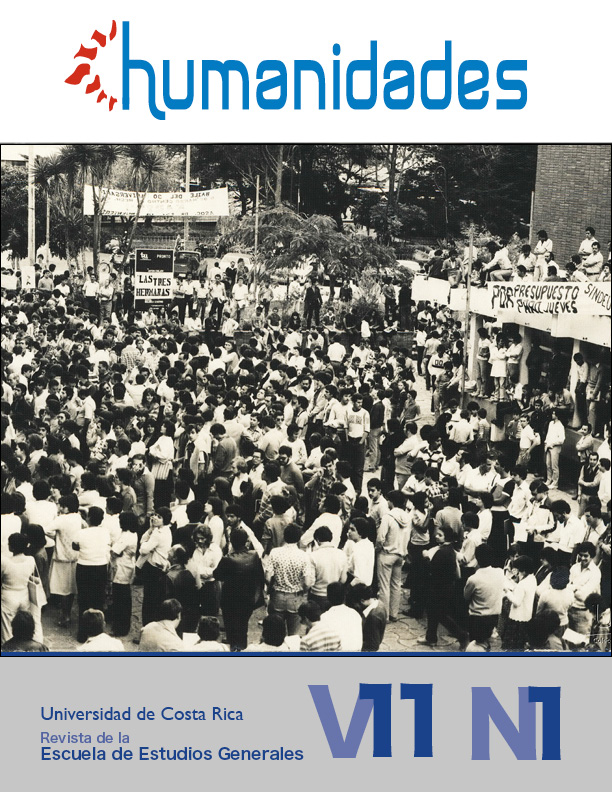Abstract
This work seeks to analyze the implications of neurocognitive sciences in design. Recent studies have allowed the reconceptualization of design from a semiotic approach. Scientists John O'Keefe, Edvard Moser, and May-Britt Moser have discovered the existence of cells in the brain whose system allows people to orient themselves, creating a mental map of physical space. Hence, the concept of Wayfinding is introduced, which is referred to as a way in which people can mentally plan to navigate from place to place or use objects, not as a simile of a visual-mental map, but as a process that it involves symbolic components and determining past experiences. Wayfinding demands different types of memory: episodic and usual (rigid) memories, their response from design is called Wayshowing, that is, the application of this knowledge to design. In this regard, the methodological proposal of Carlos Quiroga is taken, who, to make a diagnosis of the formal and symbolic compatibility of objects with the cognitive and interpretive capacity of the users, develops the concepts of Affordances and Conceptual Models applying them in the evaluation of objects in order to determine the compositional successes or failures.
References
Acha, J. (2008). La apreciación artística y sus efectos. Ciudad de México: Trillas.
Aguilar, R. (2015). El sistema de posicionamiento cerebral: Premio Nobel en Fisiología y Medicina 2014. Revista de
la Facultad de Medicina de la UNAM, 58(3), 53-58. Recuperado de https://www.medigraphic.com/pdfs/facmed/un-2015/un153i.pdf
Arnheim, R. (2001). La forma visual de la Arquitectura. Barcelona: Gustavo Gilli.
Beuchot, M. (2008). Perfiles esenciales de la hermenéutica. México: Fondo de Cultura Económica.
Beuchot, M. (2012). Entrevista sobre hermenéutica analógica icónica (E. E. Meneses, entrevistador). En Crítica
sistémica del fenómeno arquitectónico (tesis doctoral). Universidad Autónoma del Estado de México.
Brandes, U., Stich, S. y Wender, M. (2009). Design by Use: The Everyday Metamorphosis of Things. Basel: Birkhäuser
Architecture.
Chaves, N. (10 de junio de 2020). La intuición en diseño. Archivo de Norberto Chaves. https://www.norbertochaves.com/articulos/texto/la_intuicion_en_diseno
Dell'Aversana, P. (2015). The Brain Behind the Scenes−Neurobiological Background of Exploration Geophysics. First
break, 33(7), 41- 48.
Deni, M. (2002). Oggetti in azione. Semiotica degli oggetti: dalla teoria all'analisi. Milan, Italia: Franco Angeli.
Eco, U. (2017). Los límites de la interpretación. México: Debolsillo.
Foltz, M. A. (1998). Designing Navigable Information Spaces. Saint Louis: Massachusetts Institute of Technology.
Garcés, M. y Suárez, J. (2014). Neuroplasticidad: aspectos bioquímicos y neurofisiológicos. CES Medicina, 28(1), 119-131. Recuperado de https://www.redalyc.org/pdf/2611/261132141010.pdf
García, R. (2000). El conocimiento en construcción. De las formulaciones de Jean Piaget a la teoría de los sistemas complejos. Barcelona: Gedisa.
Gibson, J. J. (1979). The Ecological Approach to Visual Perception. Boston: Houghton Mifflin.
Golfarb, E., Chun, M. y Phelps, E. (2016). Memory Guided Attention: Independent Contributions of the
Hippocampus and Striatum. Neuron, 89(2), 317-324.
Hartley, T., Lever, C., Burgess, N. y O´Keefe, J. (2014). Space in the Brain: How the Hippocampal Formation Supports Spatial Cognition. Philos. Trans. Royal Society B, 369, 1-18. Recuperado de https://royalsocietypublishing.org/doi/pdf/10.1098/rstb.2012.0510
Maturana, H. (1996). La realidad: ¿objetiva o construida? México: Anthropos.
Molleru, P. (2013). Wayshowing>Wayfinding: Basic and Interactive. Amsterdam: BIS Publisher.
Moser, M., Rowland, D. y Moser, E. (2015). Place Cells, Grid Cells, and Memory. Cold Spring Harbor Perspectives in
Biology, 7(2), 1-16. Recuperado de https://cshperspectives.cshlp.org/content/7/2/a021808.full.pdf+html
Norman, D. (2010). La psicología de los objetos cotidianos. San Sebastian: Nerea.
Norman, D. (2011). Living with complexity. Cambridge: The MIT press.
Papanek, V. (1995). The Green Imperative: Ecology and Ethics in Design and Architecture. New York: Thames and
Hudson.
Quiroga, C. (2016). Herramienta para el análisis de la complejidad y la complicabilidad en objetos de uso. Aplicación a tres cepillos de dientes. Ciudad de México: Universidad Autónoma Metropolitana, Unidad Xochimilco.
Solano, E. (2013). Crítica arquitectónica sistémica: un enfoque cognitivo, semiótico y simbólico del fenómeno de la supermodernidad en México. Toluca: UAEM.
Watzlawick, P. (2003). ¿Es real la realidad? Confusión, desinformación, comunicación. Barcelona: Herder Editorial.


